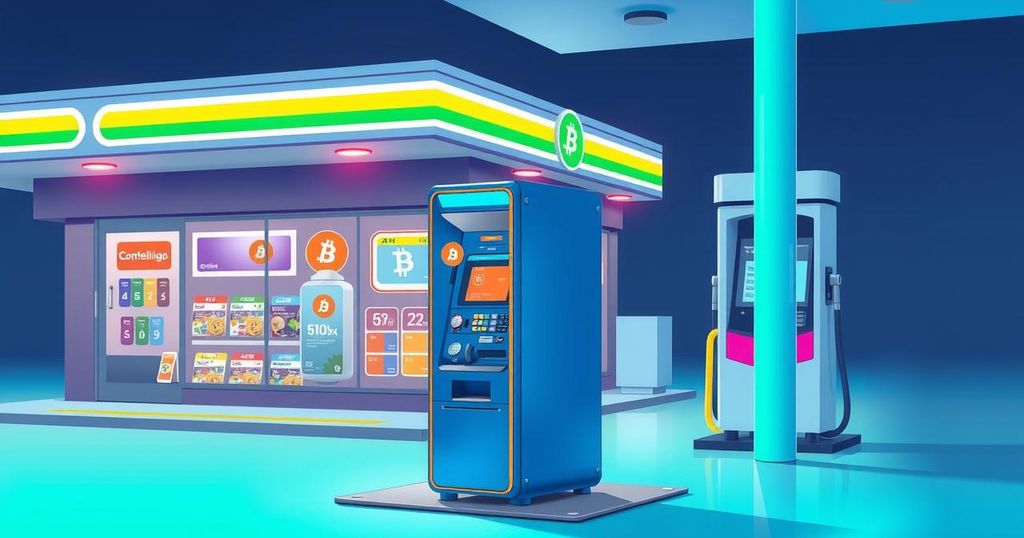Bitcoin ATMs: Rising Tool for Scammers and How to Avoid Losses
Bitcoin ATMs have seen a massive increase in fraud, with losses escalating nearly tenfold from 2020 to 2023, and reaching over $65 million in the first half of 2024. Victims, particularly older adults, often fall prey to scams that involve impersonation and urgent requests to withdraw cash for deposits into BTMs. Preventative measures include not responding to unsolicited contact and verifying claims through trusted sources. For further assistance on spotting scams and reporting fraud, visit ftc.gov/scams.
Bitcoin ATMs (BTMs) have become increasingly popular at convenience stores, gas stations, and various high-traffic locations. While they offer a simple way to buy or send cryptocurrency, BTMs have also emerged as tools for scammers. Data from the FTC Consumer Sentinel Network indicates that fraud losses related to BTMs have surged nearly tenfold from 2020 to 2023, amounting to over $65 million in losses in the first half of 2024 alone.
Much of this financial misconduct remains unreported, potentially masking the extent of the issue. The rise of cryptocurrency as a key method for scams has coincided with a significant increase in deceptive investment schemes. Currently, cryptocurrencies are frequently used in various fraudulent activities, not limited to investment fraud.
The accessibility of BTMs has aided in the proliferation of these scams. Victims’ reports highlight rampant losses associated primarily with government impersonation, business impersonation, and tech support scams. Notably, the median loss reported by individuals using BTMs reached an alarming $10,000 during the first six months of 2024, with older adults aged 60 and above disproportionately affected.
Reports reveal that individuals over 60 were more than three times as likely to report losses from BTMs compared to their younger counterparts. More than two-thirds of the total funds lost to these scams originated from older adults. Scammers often initiate contact through calls or messages that claim to address suspicious activities or unauthorised charges.
Some scams employ fake security alerts on computers, impersonating trusted companies like Microsoft or Apple. These deceitful tactics create a sense of urgency, compelling victims to respond hastily. Once individuals are manipulated into believing their money is at risk, scammers instruct them to withdraw cash and deposit it into designated BTMs, which they misleadingly label as “safety lockers.”
Victims typically follow the scammers’ instructions, often receiving a QR code to scan at the BTM. This process allows the deposited cash to be transferred directly to the scammers’ cryptocurrency wallets. To combat these scams, individuals should remain vigilant and employ caution.
Advice includes avoiding unsolicited links and messages, verifying claims with reputable sources, and resisting pressure tactics from callers. Genuine businesses and governmental entities will never request cash withdrawals or payments via Bitcoin ATMs. For more information on recognising and avoiding scams, visit ftc.gov/scams and report incidents to the FTC at ReportFraud.ftc.gov.




Post Comment